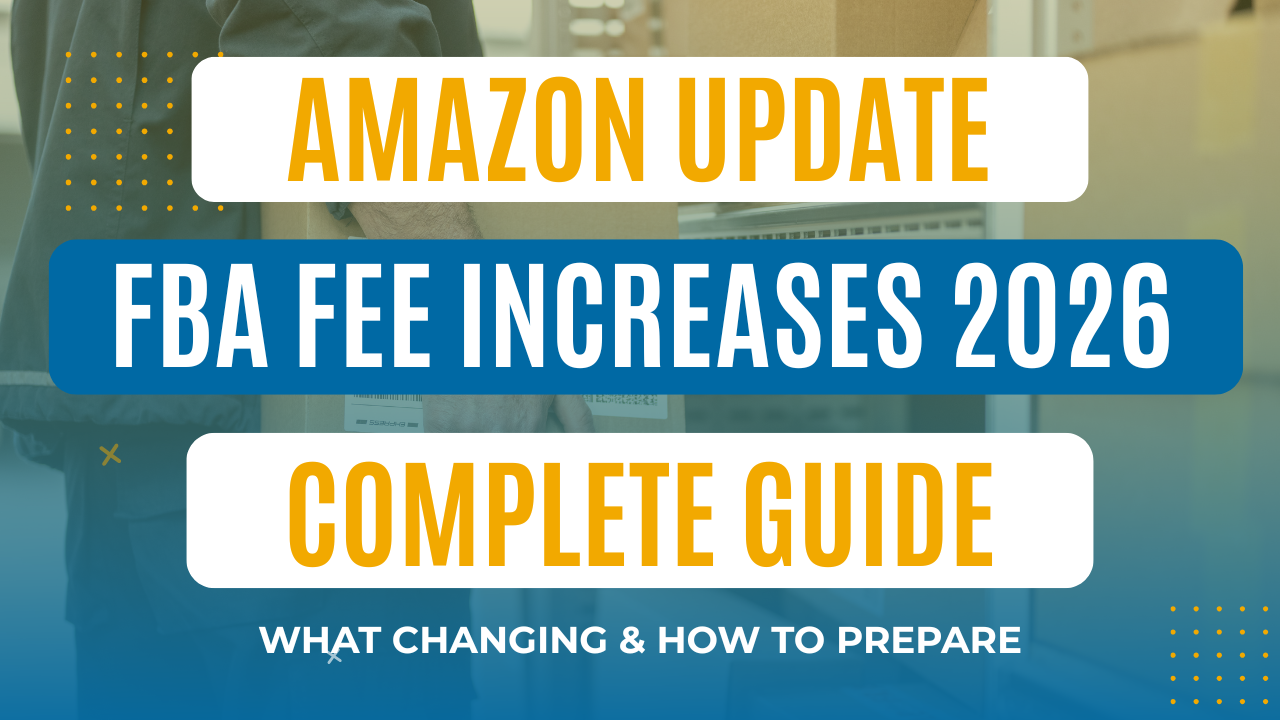
Just when you thought you’d caught a break after Amazon froze fees in 2025, they’re coming back with changes that’ll hit your wallet starting January 15, 2026. And honestly? It’s not just about the eight cents.
The average fulfillment fee increase might sound like pocket change: $0.08 per unit, they say. Less than half a percent of your average item’s selling price, according to Amazon. But if you’re moving thousands of units a month, those pennies stack up fast. Really fast.
Jump right in: FBA Fee Increase 2026 Table of Contents
- 2026 Amazon FBA Fee Breakdown: How Much Are Fees Increasing?
- Buy with Prime, MCF, and AWD Fee Increases for 2026
- Amazon Ending FBA Prep and Labeling Services January 2026
- Why Amazon Is Raising FBA Fees and Ending Prep Services
- Amazon Low-Inventory-Level Fee Changes for 2026
- Amazon Aged Inventory Fee Increases (12+ Month Storage)
- New Amazon Inbound Defect Fees: 2026 Compliance Costs
- Ways to Save on Amazon FBA Fees in 2026 (SIPP, Low-Price Rates, Tools)
- How Amazon’s 2026 Fee Increases Will Impact Your Profit Margins
- 5 Steps to Prepare for Amazon FBA Fee Changes (Before January 15, 2026)
- How to Turn Amazon Fee Increases Into a Competitive Advantage
- What Amazon’s 2026 Changes Mean for Seller Requirements
- Amazon DD+7 Payout Delay Starting March 2026: Cash Flow Impact
- Summary: Amazon FBA Fee Increases 2026 and What Sellers Should Do
2026 Amazon FBA Fee Breakdown: How Much Are Fees Increasing?
We need to cut through Amazon’s corporate speak and look at what’s really happening. The fee increases vary significantly by product price and size, with some categories seeing no change at all while others face increases up to $0.51 per unit.
2026 FBA Fee Increases by Size and Price
| Product Size | Price Range | Per-Unit Increase |
|
Small Standard-Size
(18″ x 14″ x 8″ or less AND 20 lbs or less) |
Below $10 | $0.12 |
| $10 to $50 | $0.25 | |
| Above $50 | $0.51 | |
|
Large Standard-Size
(Exceeds small standard dimensions) (Up to 60″ longest side, 70 lbs max) |
Below $10 | No change |
| $10 to $50 | $0.05 | |
| Above $50 | $0.31 |
What do these sizes mean?
- Small standard-size: Your product (fully packaged) must be 18 inches or less in length, 14 inches or less in width, 8 inches or less in height, AND weigh 20 pounds or less. All criteria must be met.
- Large standard-size: Products that exceed any of the small standard dimensions but stay within 60 inches on the longest side and weigh 70 pounds or less.
You know what? The math gets messy, which is probably the point. Amazon’s creating more “granularity” in their pricing structure, and while that sounds fancy, it means you need to recalculate everything.
Buy with Prime, MCF, and AWD Fee Increases for 2026
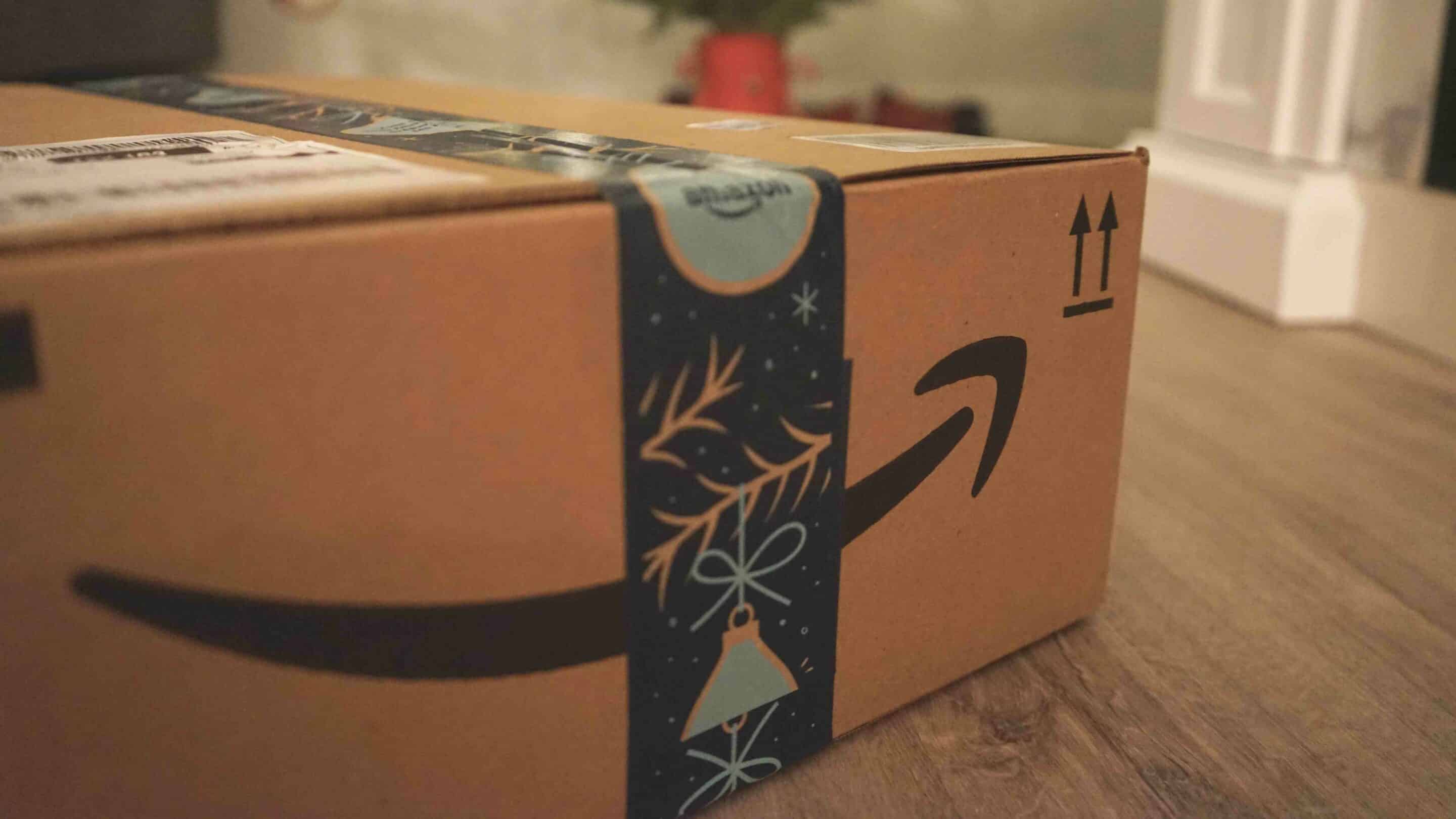
The FBA increases are just the appetizer. Here’s what else is going up:
- Buy with Prime: $0.24 per unit increase on average
- Multi-Channel Fulfillment: $0.30 per unit increase on average
- AWD West Region Storage: Jumping to $0.57 per cubic foot per month (19% increase)
- AWD Transportation Base Rate: $1.15 → $1.40 per cubic foot (22% increase)
- AWD Managed Transportation: $1.04 → $1.26 per cubic foot (21% increase)
If you’re using AWD in the West region, that storage fee hike should get your attention. The cumulative effect of these increases (roughly 20-22% across AWD services) means you need to seriously consider rebalancing inventory away from the West Coast or enrolling in Amazon’s Smart Storage or Managed Programs for potential discounts.
Amazon Ending FBA Prep and Labeling Services January 2026
But wait. There’s more. And this one’s a doozy.
Starting January 1, 2026, Amazon will completely stop offering FBA prep and item labeling services in the U.S. marketplace. Every single unit you send to FBA must arrive completely ready: labeled, bagged, bundled, and compliant. No exceptions.
What Amazon will NO LONGER do:
- FNSKU labeling
- Poly bagging
- Bubble wrapping
- Boxing or repackaging
- Stickering
- Any manual prep service
This isn’t some minor tweak. Shipments that don’t meet Amazon’s strict packaging and labeling requirements can result in:
- Rejected shipments
- Expensive return fees
- Delayed check-in times
- Account suspensions
Shipments created after January 1, 2026, that don’t arrive prepped or labeled won’t be reimbursed if lost or damaged.
Let that sink in for a second.
One labeling mistake, and you could lose an entire shipment’s value with zero chance of getting your money back from Amazon.
Managing FBA doesn’t have to be a hassle.
Partnering with a 3PL like eFulfillment Service means you can focus on growing your business while we handle the prep. Request a Free Quote Today!
Why Amazon Is Raising FBA Fees and Ending Prep Services
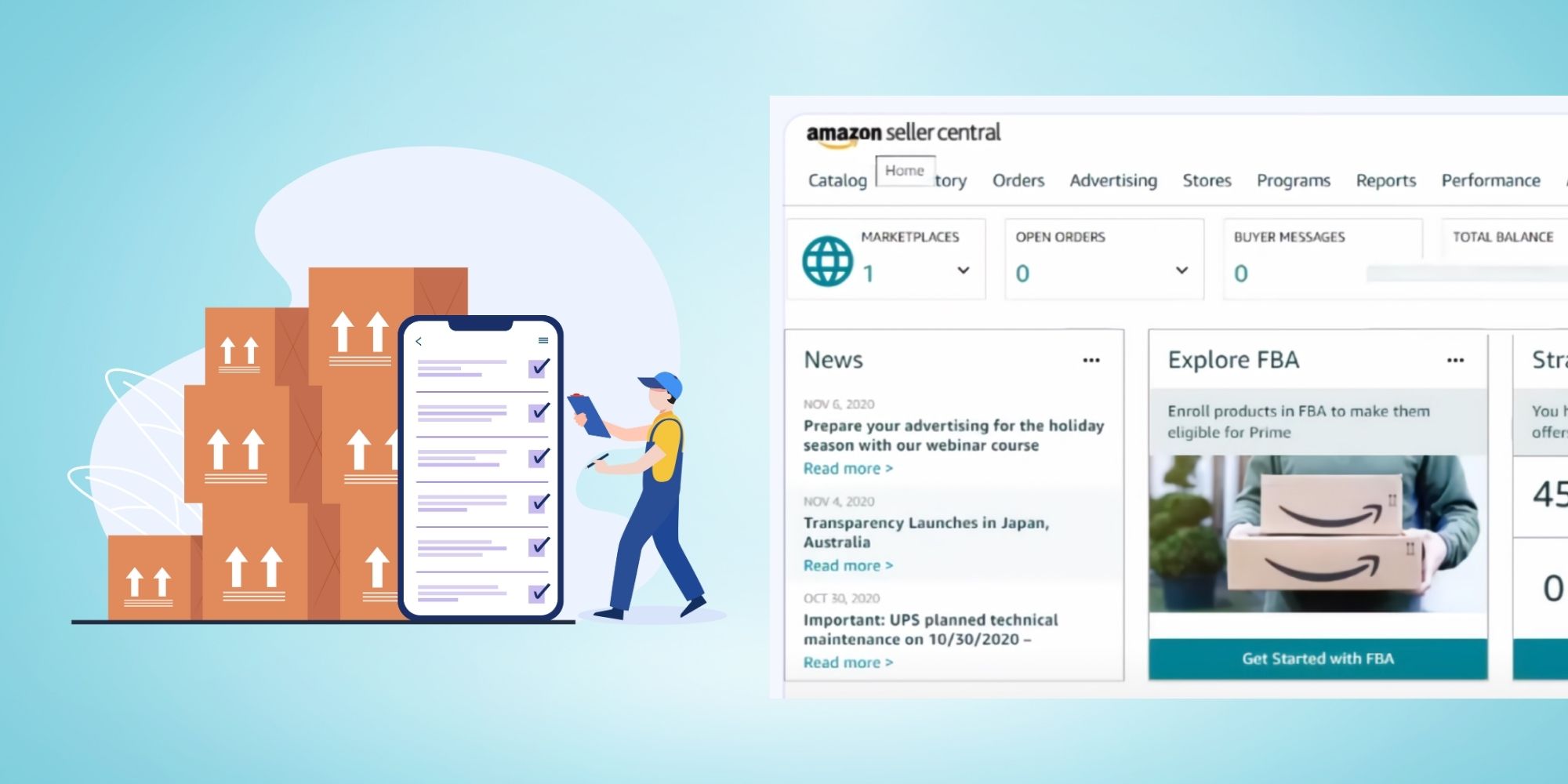
Amazon’s official line? The vast majority of sellers now handle their own packaging, and improved seller capabilities have reduced the need for Amazon’s prep offerings. They want to “focus on providing faster and more efficient fulfillment center operations.”
Translation: You’ve gotten good enough at this that we don’t need to help anymore. Also, it slows us down.
But there’s another angle here. Prep and labeling are labor-intensive processes that create bottlenecks in Amazon’s increasingly automated fulfillment network, and manual services like these are incompatible with the company’s push for robotics-driven fulfillment.
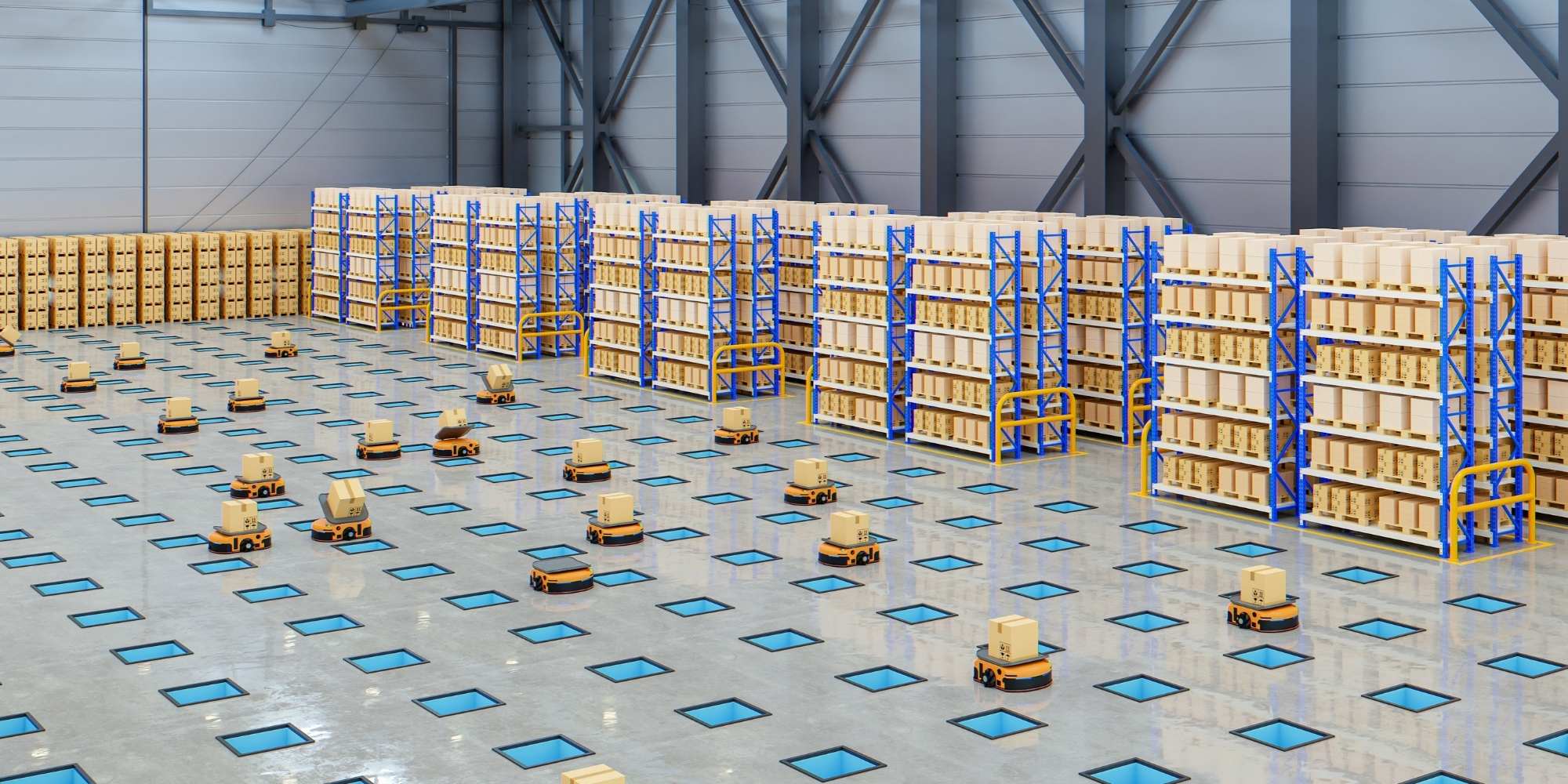
Amazon’s betting big on automation, and your manual prep work doesn’t fit into that vision.
Amazon defended the fee increases by pointing out they’re significantly less than inflation and far below the 3.9-5.9% annual cost increases from major U.S. carriers like UPS and FedEx during the last two years.
Fair point, actually. When you compare it to what FedEx and UPS are doing to their customers, Amazon’s increases look almost reasonable.
Managing FBA doesn’t have to be a hassle.
Partnering with a 3PL like eFulfillment Service means you can focus on growing your business while we handle the prep. Request a Free Quote Today!
Amazon Low-Inventory-Level Fee Changes for 2026
Here’s something that’ll hit certain sellers harder than the fee increases themselves.
Amazon charges a low-inventory-level fee when sellers fail to maintain inventory to meet 28 historical days of supply, because low stock inhibits Amazon’s ability to distribute products across their fulfillment network, degrading delivery speed and increasing their shipping costs.
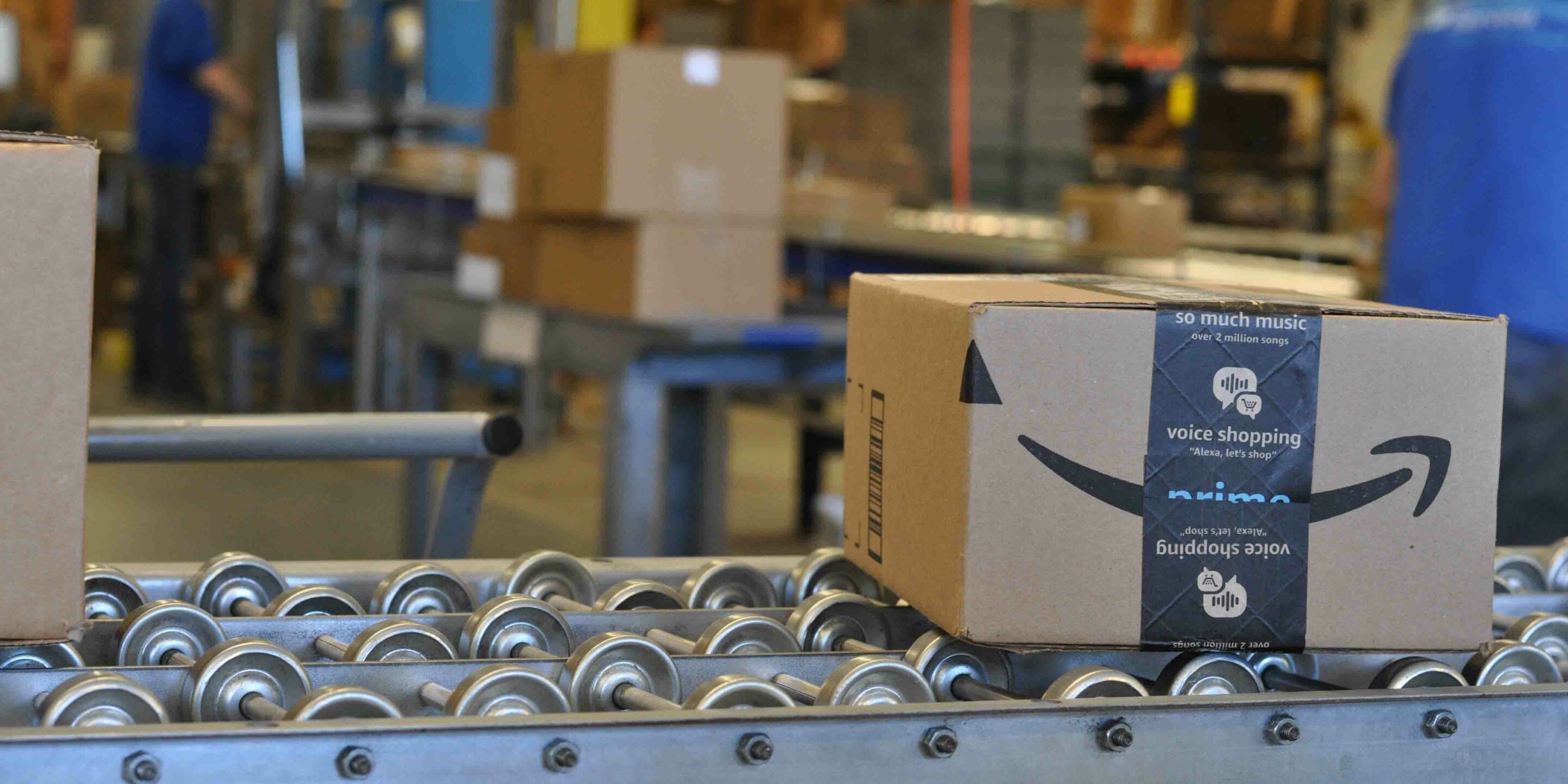
What’s changing in 2026:
Starting in 2026, there are some critical changes. Amazon will calculate the low-inventory-level fee at the individual seller-FNSKU level instead of parent-ASIN level, ensuring the fee only applies when your specific inventory falls below 28 days of supply.
This sounds better (more targeted), but it also means Amazon’s watching your inventory levels more closely than ever.
The fee now extends to Small Bulky and Large Bulky products, while Grocery items and slower-moving products remain exempt. But here’s the catch: low stock on exempt items may result in slower delivery promises or reduced nationwide availability.
Amazon’s basically saying: “We won’t charge you extra, but we also won’t prioritize your stuff.”
The fee structure:
Fee rates range from $0.32 to $2.09 per unit, depending on:
- Size tier
- Shipping weight
- How far below the 28-day threshold you fall
For sellers who’ve been running lean inventories to avoid storage fees, this creates a painful dilemma.
Managing FBA doesn’t have to be a hassle.
Partnering with a 3PL like eFulfillment Service means you can focus on growing your business while we handle the prep. Request a Free Quote Today!
Amazon Aged Inventory Fee Increases (12+ Month Storage)
If you’ve got inventory sitting in Amazon’s warehouses for months, 2026’s gonna hurt.
Aged inventory fee increases:
- 12-15 months old: Fees increase by $0.15 to $0.30 per unit per month
- 15+ months old: Fees jump to $0.35 per unit OR $7.90 per cubic foot (whichever is greater)
This is Amazon’s not-so-subtle way of saying: move your products or move them out.
The message is clear: they want fast-moving inventory that turns quickly, not dead stock gathering dust.
New Amazon Inbound Defect Fees: 2026 Compliance Costs
Remember when you could send slightly imperfect shipments and Amazon would just deal with it (for a small fee)? Those days are over.
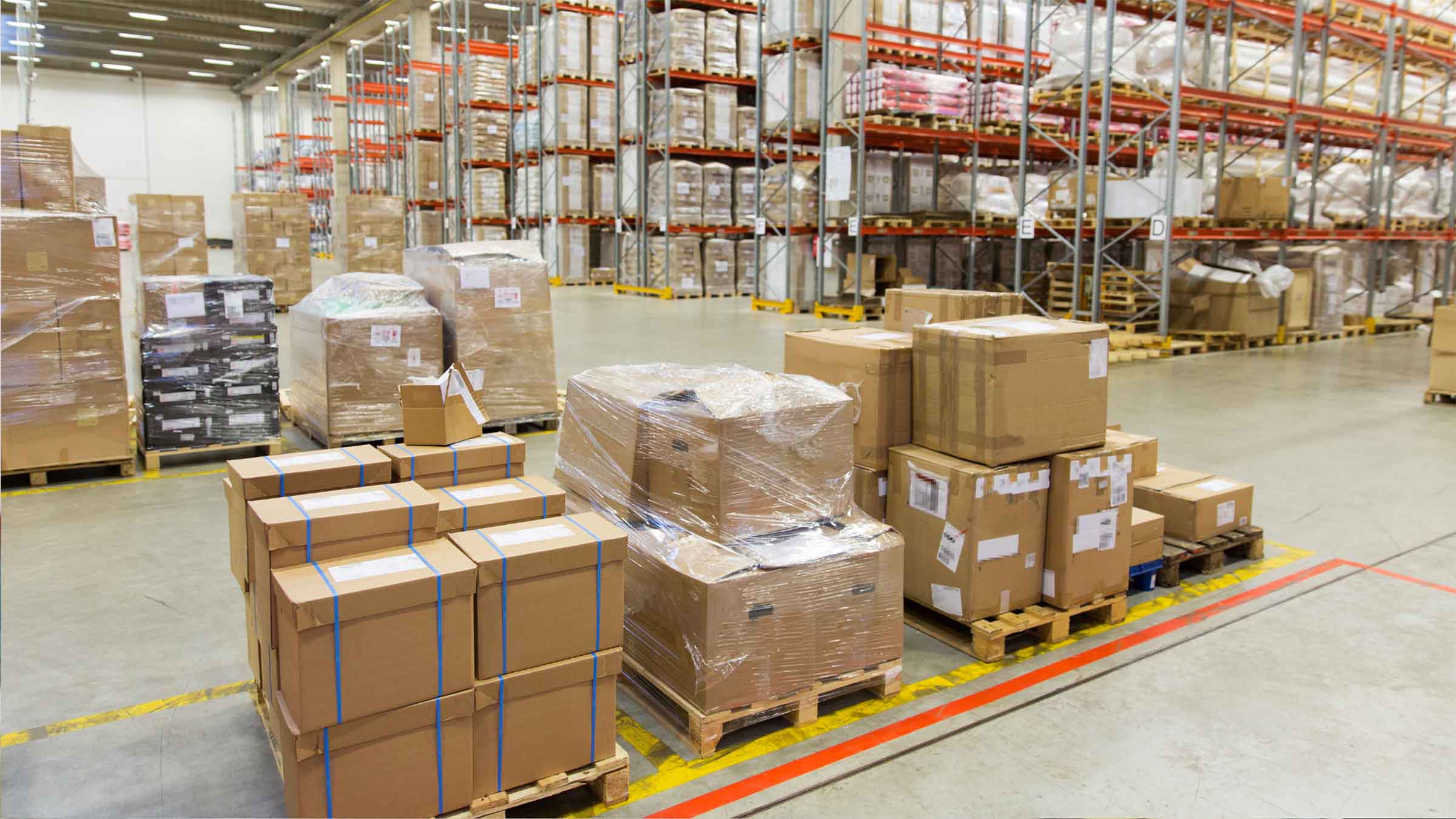
Amazon is consolidating inbound defect fees for misrouted, deleted, or abandoned units, but the fees are jumping dramatically:
2025 vs 2026 Fee Comparison:
- 2025: As low as $0.02-$0.07 per unit
- 2026: $0.32-$1.74 for standard-size products
- 2026: Up to $5.72 for bulky items
That’s not a typo. They’re pushing hard for shipment accuracy and compliance.
One wrong label, one misrouted unit, and you’re paying substantially more than before. The change suggests a stronger push for sellers to meet inbound compliance and shipment accuracy requirements, as even minor labeling or routing mistakes will now carry material financial penalties.
Ways to Save on Amazon FBA Fees in 2026 (SIPP, Low-Price Rates, Tools)
It’s not all doom and gloom, honestly. Amazon’s throwing sellers a few bones:
Ships in Product Packaging (SIPP)
Products shipped in their original manufacturer packaging without additional Amazon packaging qualify for lower FBA fees. If your product packaging is already retail-ready, you can save money here. Non-certified bulky items could face added costs without SIPP certification, so it’s worth exploring.
Low-Price FBA Rates
Products priced under $10 see only a modest increase of $0.05 per unit but continue to receive the Low-Price FBA discount, which is now $0.86 less than standard rates (up from $0.77). That discount increase partially offsets the fee bump.
Better Tools
Amazon is providing enhanced analytics to help you navigate these changes:
- Revenue Calculator: Model costs and margins before making decisions
- Fee and Economics Preview Report: See how changes impact individual listings
- Profit Analytics Dashboard: Track detailed unit economics and fee impacts
These aren’t just fancy dashboards. They’re actually useful for modeling scenarios and finding products where margins are getting squeezed.
How Amazon’s 2026 Fee Increases Will Impact Your Profit Margins

For sellers with tight margins or many slow-moving SKUs, even small fee increases and harsher age penalties can move borderline products into loss territory. That’s the brutal truth.
Think about it. If you’re already running on 10-15% net margins, an extra eight cents per unit plus higher storage fees plus potential low-inventory charges plus new defect fees? That can easily eat 3-5% of your margin right there.
Suddenly that profitable product is barely breaking even.
The real impact will depend heavily on your product mix, pricing flexibility, supply chain efficiency, and inventory discipline. Sellers who can raise prices without losing sales will be fine.
But in competitive categories where everyone’s racing to the bottom? Good luck.
5 Steps to Prepare for Amazon FBA Fee Changes (Before January 15, 2026)

Stop panicking for a second and think strategically.
1. Audit Your Catalog Now
Run every product through Amazon’s new fee calculators. Find the SKUs where margins are getting crushed.
Some products might need to be discontinued, and that’s okay. Better to cut them now than bleed money all year.
2. Nail Down Your Prep Strategy
You’ve got until January 1 to figure out the prep situation. Your options:
- In-house prep: Requires space, staff, and Amazon compliance training, but gives you full control
- Third-party prep center: Faster turnaround but adds cost to your operations
- SIPP enrollment: Eliminates prep needs entirely where possible
Missing a single prep requirement can trigger rejected shipments, expensive fees, delayed check-ins, and risk to your account health. This isn’t something you want to wing.
3. Fix Your Inventory Levels
Maintain healthy inventory levels with roughly 60-90 days of stock to avoid low-inventory-level fees while not triggering aged inventory surcharges.
It’s a delicate balance, but it’s worth getting right.
4. Optimize Your Packaging
Small changes in packaging can move you down a fee tier:
- Use lighter and more compact materials
- Adjust dimensions to fit smaller size tiers
- Use durable poly bags instead of bulky cardboard boxes where possible
- Explore SIPP certification for eligible products
5. Review Your Pricing
Some of you can raise prices. Others can’t. But you need to know which camp you’re in.
Test small price increases on your top sellers. You might be surprised: a 3-5% price bump often doesn’t hurt velocity as much as you think.
How to Turn Amazon Fee Increases Into a Competitive Advantage
Here’s something to consider: Sellers who proactively model these changes, optimize their operations, and reallocate resources may maintain or even improve profitability.
While everyone else is complaining about fee increases, smart sellers are using this as a forcing function to clean up their catalogs.
Kill the dogs, double down on winners. Streamline operations. Get serious about unit economics.
Your competitors are probably ignoring these changes or procrastinating. That’s your edge.
Managing FBA doesn’t have to be a hassle.
Partnering with a 3PL like eFulfillment Service means you can focus on growing your business while we handle the prep. Request a Free Quote Today!
What Amazon’s 2026 Changes Mean for Seller Requirements
Amazon announced they will no longer do prep and labeling for sellers, indicating they’re prioritizing operational efficiencies during inbound, suggesting that 2026 is the year when Amazon’s expectations from sellers are reaching their peak.
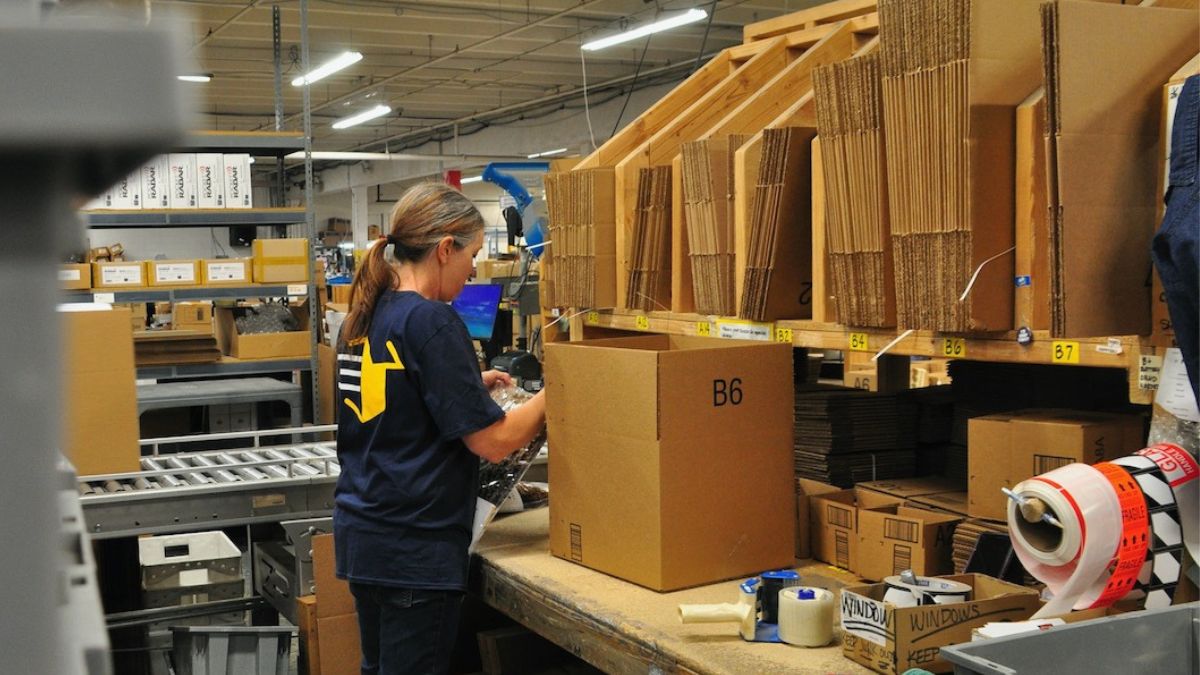
Amazon’s raising the bar. They want professional sellers who:
- Run tight operations
- Maintain healthy inventory levels
- Ship compliant products
- Understand their unit economics
They’re actively making it harder for casual sellers to succeed.
Is this fair? Probably not.
Is this the reality? Absolutely.
The sellers who’ll thrive in 2026 aren’t necessarily the ones with the best products. They’re the ones who master the operational details. The ones who track every penny, optimize every process, and treat their Amazon business like the sophisticated logistics operation it actually is.
Amazon DD+7 Payout Delay Starting March 2026: Cash Flow Impact
Oh, and one more curveball Amazon’s throwing: Starting March 12, 2026, Amazon will delay seller payouts for FBA orders until seven days after delivery, shifting from the current post-shipment model.
This DD+7 policy impacts all sellers and could create cash flow challenges, especially during busy periods.
So not only are fees going up, but you’re also getting paid slower.
What you need to do:
- Adjust budgets and financial projections
- Increase cash reserves to cover the gap
- Plan inventory and ad spend around the payout delay
- Factor this into your 2026 financial planning (seriously)
Key Takeaways for Amazon Sellers:
Amazon’s 2026 changes represent a fundamental shift in how the platform operates. The average increase of $0.08 per unit represents less than 0.5% of an average item’s selling price, following no increase in U.S. referral and FBA fees in 2025.
On paper, it looks modest.
But when you add up all the moving pieces (FBA fees, MCF increases, AWD hikes, aged inventory penalties, low-inventory charges, new defect fees, the end of prep services, and delayed payouts), the cumulative effect is substantial.
These updates may appear minor on paper, but their strategic impact is far-reaching, and depending on product mix, scale, and margin buffer, they can meaningfully affect profits.
Ready to talk fulfillment or FBA Prep solutions? The team at eFulfillment Service is happy to help answer questions and set you up for fulfillment success. Here’s to fewer headaches and more growth ahead!
Sources
- Amazon Selling Partners. “Update to U.S. Referral and Fulfillment by Amazon fees for 2026.” October 17, 2025. https://sellingpartners.aboutamazon.com/update-to-u-s-referral-and-fulfillment-by-amazon-fees-for-2026
- Acadia. “Amazon Hikes US Fees in 2026: What Sellers Need to Know.” October 21, 2025. https://acadia.io/amazon-hikes-us-fees-in-2026-what-sellers-need-to-know
- Goat Consulting. “Amazon Fulfillment by Amazon FBA Fee Changes for 2026.” October 16, 2025. https://www.goatconsulting.com/blog/amazon-fba-fee-changes-for-2026
- Carbon6. “Retail News: Amazon Rolls Out FBA Fee Changes & AI Tools.” October 17, 2025. https://www.carbon6.io/blog/amazon-vendor-seller-news-fba-fees-2025-10-17/
- eStore Factory. “Amazon’s 2026 Fee Increases: What Sellers Need to Know.” https://www.estorefactory.com/amazon-update/amazon-2026-seller-fee-increases-guide/
- Amazon Seller School. “Amazon News: FBA Fee Hikes, New DD+7 Payouts, Prime Growth & Q4 Deadlines.” October 20, 2025. https://amazonseller.school/amazon-news-fba-fee-hikes-new-dd7-payouts-prime-growth-q4-deadlines/
- ainfluencer. “Amazon FBA Fees for Sellers: 2026 Update + Full List.” October 19, 2025. https://influencermarketing.ainfluencer.com/amazon-fba-fees/
- Amazon Developer Documentation. “US FBA prep and labeling services to end January 1, 2026.” https://developer-docs.amazon.com/sp-api/changelog/us-fba-prep-and-labeling-services-to-end-january-1-2026
- eFulfillment Service. “Amazon to End FBA Prep Services by 2026 – What It Means and How to Prepare.” July 31, 2025. https://www.efulfillmentservice.com/2025/07/amazon-to-end-fba-prep-services-by-2026-what-it-means-and-how-to-prepare/
- Supply Chain Dive. “Amazon to end FBA prep, labeling services in US.” August 1, 2025. https://www.supplychaindive.com/news/amazon-fba-prep-item-labeling-services-end/756289/
- DCL Logistics. “Amazon Ends FBA Prep Services: What Sellers Must Do Now to Stay Compliant and Competitive.” September 8, 2025. https://dclcorp.com/blog/guest-post/fba-prep-services-end/
- Fifth Shelf. “BREAKING: Amazon Discontinuing FBA Prep Services January 2026 – What Sellers Must Do Now.” August 3, 2025. https://www.fifthshelf.com/blogs/amazon-discontinuing-fba-prep-services-2026
- Hopstack. “Amazon to Discontinue FBA Prep Services in 2026: What Sellers and Prep Centers Must Know.” August 22, 2025. https://www.hopstack.io/blog/amazon-to-discontinue-fba-prep-services-in-2026
- SnapL. “New Amazon Policy 2026: Prep and Labeling Shift to Sellers.” https://snapl.com/news/amazon-to-eliminate-fba-prep-and-labeling-services-by-january-1-2026-how-sellers-can-prepare


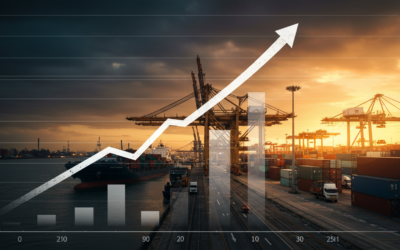
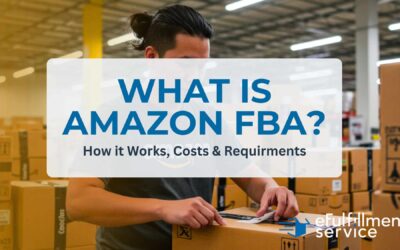
0 Comments